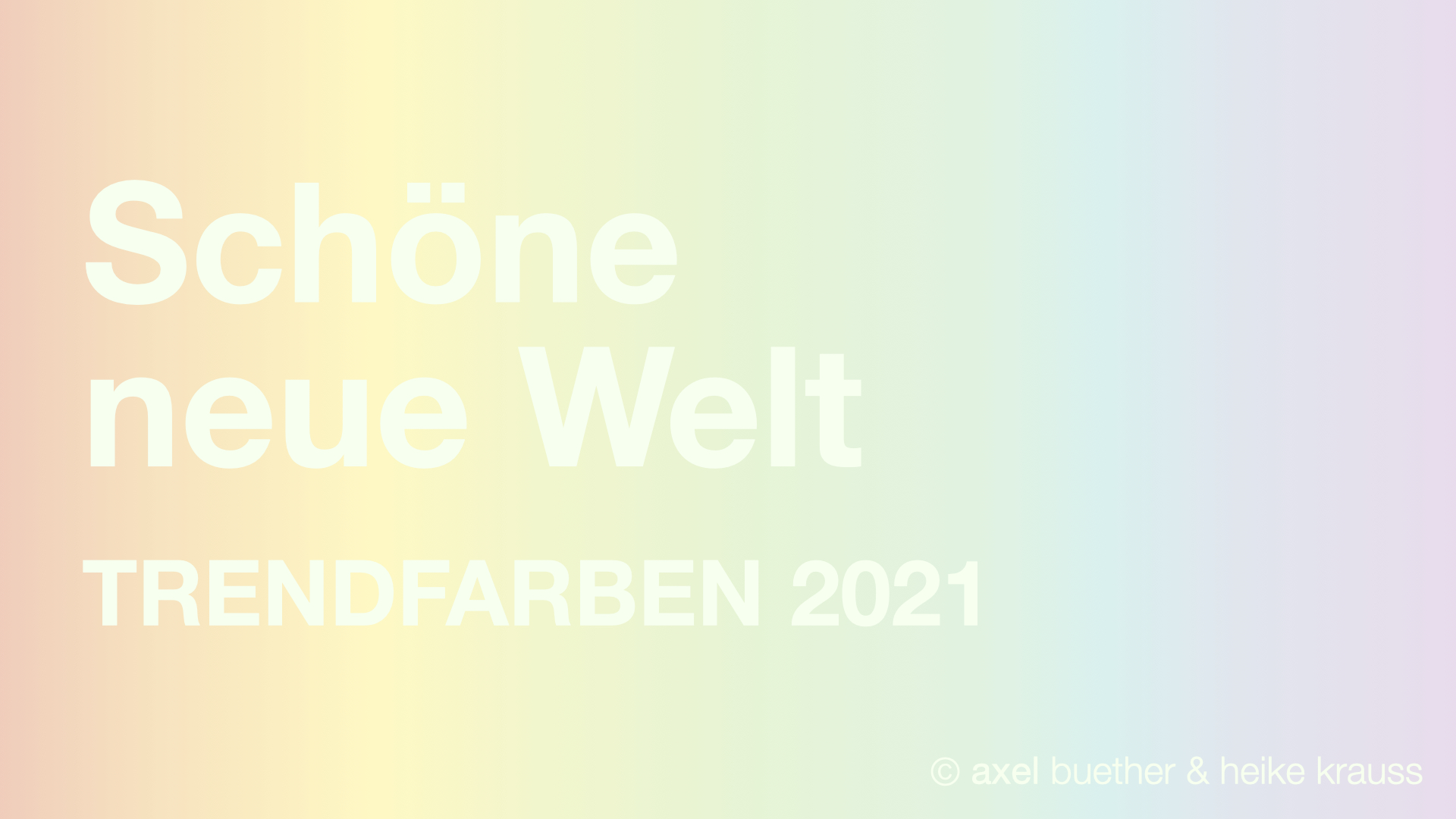
Did you know that some colors trigger a flight impulse? And whet the appetite of others? It’s high time we took a closer look at what we surround ourselves with in our homes. Psychologist and color researcher Axel Buether reveals how we can live happier with colorful accessories.
Professor Buether, you have been studying the effect of colors for a long time. What does an environment look like in which we feel completely at ease?
We feel best when we are out and about in the great outdoors. A walk in the forest or across a green meadow usually helps immediately when we are looking for relaxation. We can also use this effect in our homes. We know from studies that just looking out into the garden or at a moss- or fir-green wall has a positive effect on our well-being and our health. Soft shades of green relax us – just like a trip into the countryside.
Why do colors touch us emotionally?
Every color evokes certain associations and feelings in us. This happens unconsciously, even before we realize it. Colors don’t just exist. They first arise in our heads. When sensory stimuli reach the brain through our eyes, they pass through both emotional and cognitive areas and trigger a series of physical reactions. Colors have an enormous influence on our body, our feelings and our behavior.
Do you have examples of specific colors that trigger certain reactions?
Some colors intuitively evoke thoughts of escape in us, such as the combination of yellow and black, which we know from wasps or poisonous frogs. Some attract us like magic – red is a color that nobody can look away from. And still others whet our appetite. When we see raspberry pink or chocolate brown, our blood sugar levels drop because our brain associates these colors with nutrient-rich foods.
Most Germans have white walls – probably not the best feel-good color …
It depends. White is basically not wrong. Because it is bright and visually enlarges rooms. The only problem is that the paint doesn’t hold. White is not a color to lean on. It looks cool and in small rooms or with little light it can quickly become gray and therefore dull. It creates a gloomy winter mood that makes us melancholy.
Read the full interview: freundin


